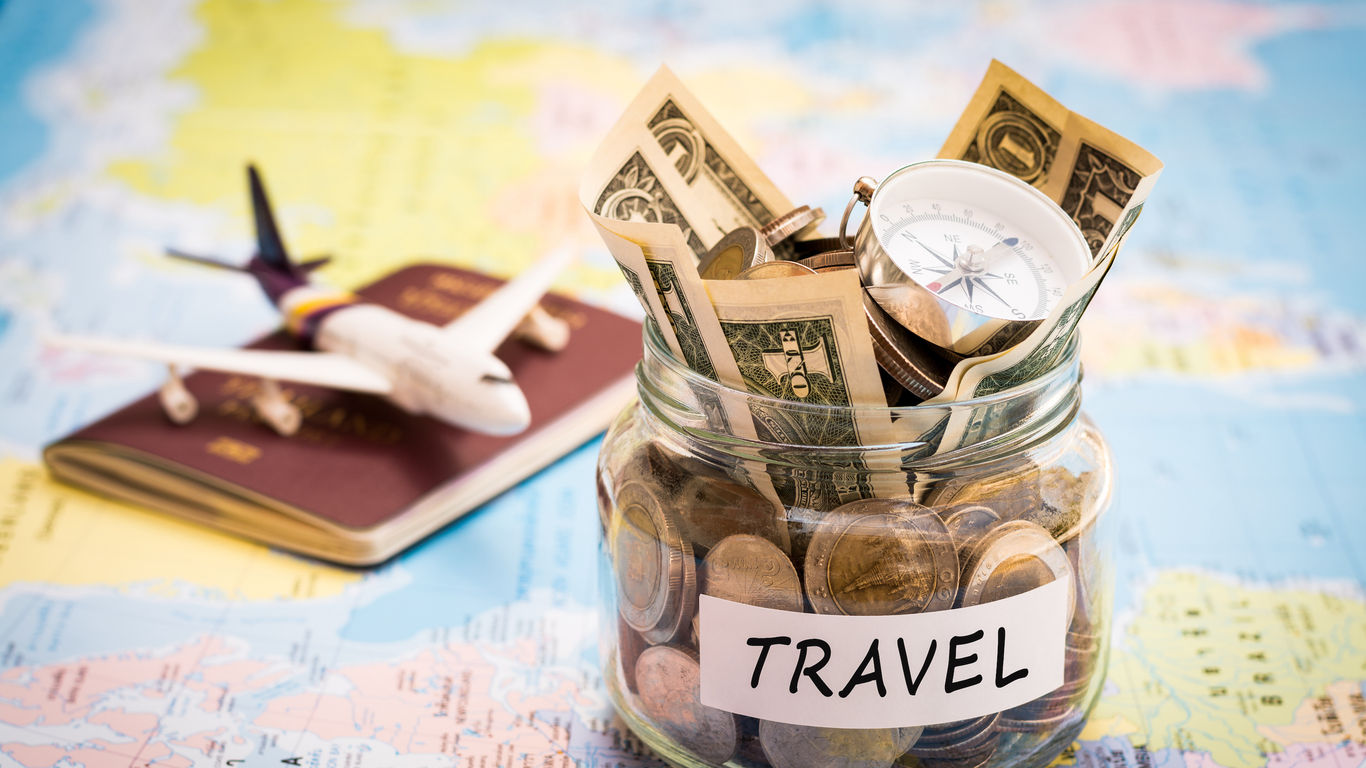
The Impact of a Weakening U.S. Dollar on International Travel
American travelers have long benefited from the strength of the U.S. dollar, which has allowed their spending power to stretch further in many foreign countries. This strength has made everything from hotel stays to meals and transportation more affordable when traveling abroad. However, this trend has not lasted forever.
In recent weeks, the U.S. dollar has experienced a significant decline in value compared to other global currencies. According to the ICE U.S. Dollar Index, which measures the dollar’s performance against six major currencies, the dollar posted its worst first-half performance in over 50 years. This drop has had a direct impact on American travelers, particularly those visiting popular destinations like Europe and Japan.
For example, the dollar has fallen by 13% against the euro and 6% against the Japanese yen—both of which are top travel destinations for Americans. Japan, in particular, has seen a surge in American visitors due to the favorable exchange rate. However, with the dollar’s current weakness, these savings may soon be less apparent.
Experts suggest that several factors have contributed to the dollar's decline, including Trump’s trade policies, rising national debt, and the narrowing interest rate gap between the U.S. and other major economies. These factors are expected to continue putting downward pressure on the dollar’s value, making international travel more expensive for American tourists.
To help travelers navigate this new financial landscape, experts have offered practical tips to make the most of their budgets while exploring the world.
Stick with Currencies Tied to the Dollar
One strategy is to visit countries where the U.S. dollar is either the official currency or closely tied to it. Countries like Ecuador and Panama use the dollar as their primary currency, allowing travelers to avoid exchange rate fluctuations altogether. Additionally, some nations such as Belize and Jordan maintain fixed exchange rates with the dollar, meaning prices remain stable regardless of global market conditions.
According to travel writer Tim Leffel, this stability can help travelers plan their trips with confidence, as the cost of a vacation in these locations will remain consistent even if the dollar weakens further.
Lock in Pricing Early
Another effective way to manage costs is to book travel plans well in advance. By securing a group tour or other pre-paid packages, travelers can lock in today’s prices and avoid the risk of currency swings. For instance, EF World Journeys’ CFO Marla Kaplan explains that booking early ensures that the cost of the trip remains the same, even if the dollar continues to weaken.
Learn to Be a Savvy Diner Abroad
Eating out is often one of the biggest expenses when traveling, but there are ways to keep food costs under control. Stacey Black, a financial educator, suggests avoiding tourist-heavy areas where prices tend to be higher. Instead, she recommends exploring street food vendors and local markets for more affordable and authentic dining experiences.
Sharing dishes with travel companions and skipping expensive appetizers or drinks can also help reduce meal costs. Using review apps or asking locals for recommendations can lead to more budget-friendly options without sacrificing the quality of the experience.
Travel Off-Season
Traveling during off-peak seasons can significantly lower costs. While this was once a well-kept secret, the rise of remote work has made it easier for travelers to extend their vacation time into fall and winter months. Despite this shift, experts still recommend traveling during less busy times to take advantage of lower prices.
EF World Journeys has introduced off-season tours that offer more affordable options without compromising the quality of the travel experience. Other travel companies also provide discounted rates during slower periods, so it’s worth shopping around for the best deals.
Cut Daily Costs
Reducing daily expenses can also help stretch a travel budget. Many hotels include breakfast in their nightly rates, which can save money on meals. Similarly, some tours include meals and other services in the total price, helping travelers avoid unexpected fees.
Marla Kaplan notes that some tours also cover flights and airport transfers, which can add up quickly if booked separately. Being mindful of what is included in a travel package can lead to significant savings.
Avoid Paying in U.S. Dollars When Possible
Paying in local currency instead of U.S. dollars can help travelers get better exchange rates. Dan Wilderness, founder of The Financial Wilderness, advises against using U.S. dollars when possible, as some merchants may offer poor exchange rates for convenience.
Go Where the Dollar’s Decline Is Relative
While the dollar has weakened in some regions, it is still stronger than it was a few years ago. Tim Leffel points out that travelers visiting places like Japan or Mexico may not notice a big difference, especially if they arrived recently. Understanding historical trends can help put any currency fluctuations into perspective.
Choose One of the Cheapest Destinations
For those looking to stretch their budget even further, Leffel recommends visiting countries where the cost of living is significantly lower. In his book, The World’s Cheapest Destinations, he highlights 26 countries where travelers can enjoy comfortable accommodations and experiences at a fraction of the cost compared to the U.S. or Western Europe.
Even though the dollar has weakened slightly in countries like Colombia or Thailand, these destinations still offer great value for American travelers.
